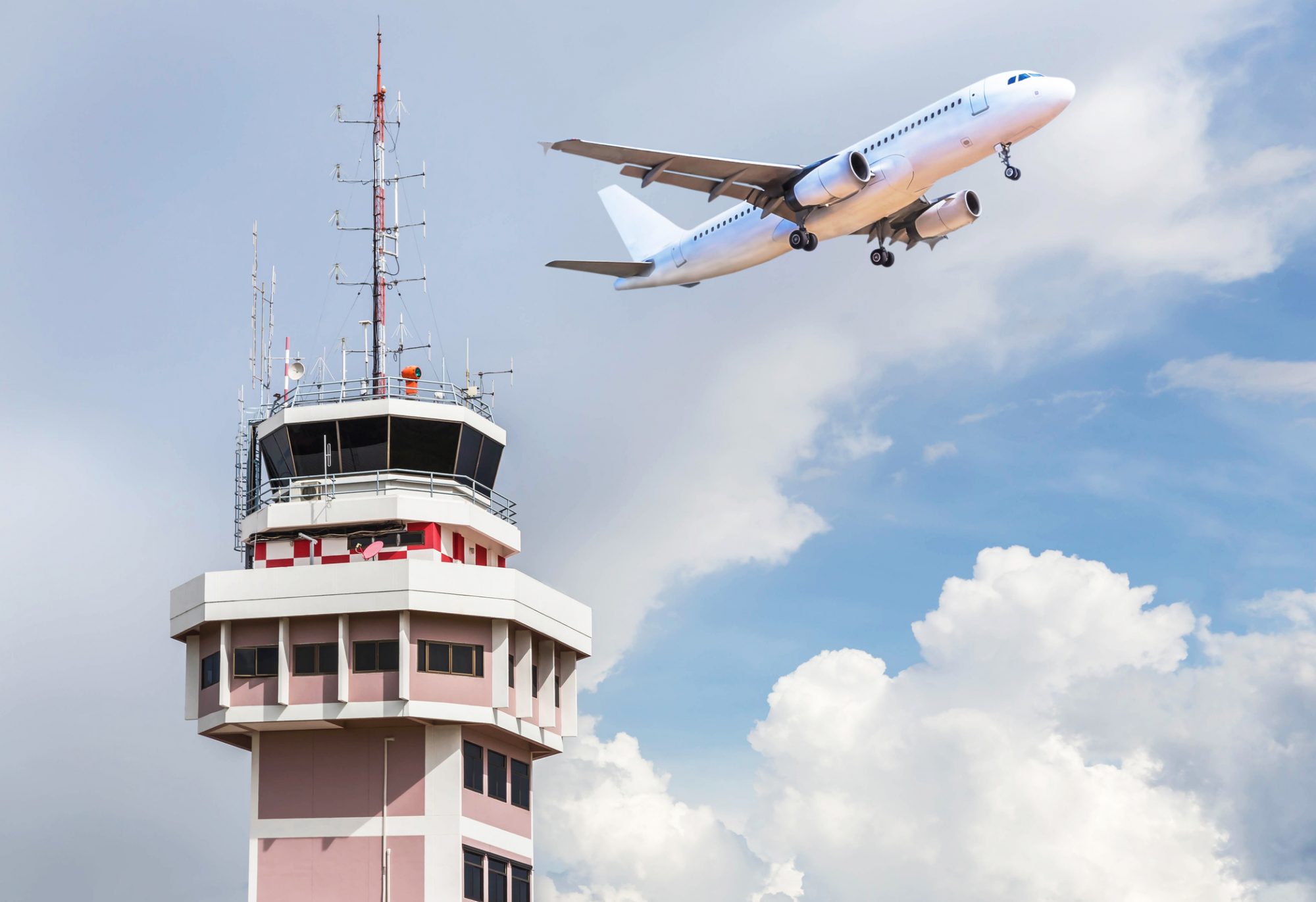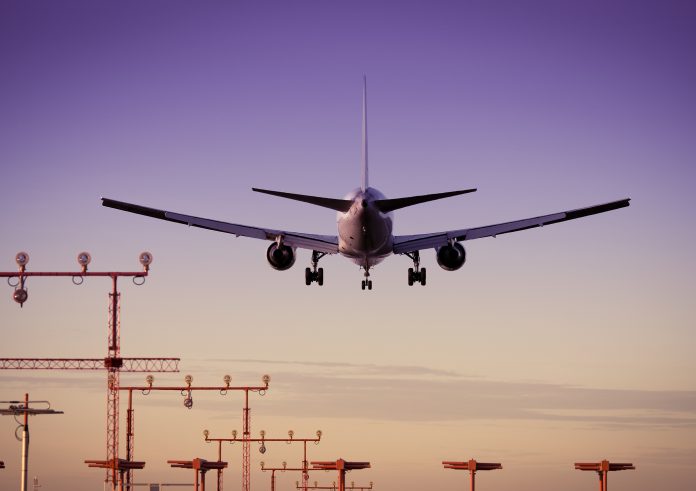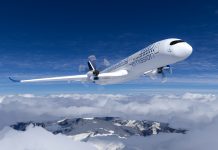Vanessa Rullier-Francaud, Senior Manager ATM & New Technologies at Aerospace, Security and Defence Industries Association of Europe (ASD), turns the spotlight on Air Traffic Management, where resilience and better collaboration mean we can go back to better
Have you ever wondered what your journey by car to your holiday destination would be, that you might not know yet, which could be 1000 kilometres away without any good highway infrastructure, any Global Navigation Satellite System (GNSS) and real-time info traffic radio service, or without any police checkpoint? Okay, not meeting any police checkpoint may not be an issue, however, a long-distance drive without a proper road infrastructure, any GNSS support is not reflecting nowadays’ European travel standards. This is what Air Traffic Management (ATM) is all about for aviation: it provides the infrastructure and the control service to fly safely.
It provides assistance to aircraft to depart from an aerodrome, transit airspace and land at a destination.
Aviation safety has been a given for years now in Europe at least. But what about efficiency and sustainability? Aviation has been going through major transformations since the launch of the single air transport market and of the air transport liberalisation in 1987. It led to more flexibility in arranging fares, capacity-sharing and flight operations.
Air Traffic Management, however, remained out of the radar screen of the European Union until in the late 1990s. The situation in terms of air navigation delays led the European Union to build the necessary regulatory framework to reform ATM. The first legislative piece entered into force in 2004, the so-called Single European Sky (SES) for further explanation Commission’s website.
Modernisation and harmonisation of Air Traffic Management systems
SES is built on several legislative instruments including the technical pillar: SESAR (Single European Sky ATM Research). The aim of SESAR is to enable modernisation and harmonisation of Air Traffic Management systems through the definition, development, validation and deployment of innovative technological and operational ATM solutions.
The SESAR programme fits very well in today’s context of the Green Deal and of the digitalization objectives. It must be shaped to build ATM’s resilience in consideration of societal expectations. SESAR’s technologies ready for deployment must support aviation’s efforts to decarbonise; this is part of our licence to keep operating. Technology is there. It is time to deliver the SES high level goals.
Deploying better flight procedures
Deploying better flight procedures and more modern ATM solutions will enhance flight efficiency, more direct routes and will thus enable a reduction of fuel burn. SESAR has been in place since 2007, so what is holding us from having a better performing ATM system already in place?
One aspect is that the lifecycle of an ATM system is very long, just like for an aircraft. The new solution needs to go through multiple testing, and it also needs the development of a lot of standards to be properly deployed.
To speed up the process, the preparation of these standards should go along with the development of the ATM solution and its concept of operations. This step often came later during SESAR 1 and SESAR 2020, leading sometimes to gaps in the validation process, due to the lack of standards that the industry uses to back up the deployment of the technologies in an industrialised manner (the so-called industrialization phase).
This is now being fully addressed: SESAR 3’s Joint Undertaking will work hand to hand with the European Aviation Safety Aviation and the Standardization body, EUROCAE to avoid any validation gap.
SESAR 3 will also closely work with other international organisations (including the United States’ Federal Aviation Administration, FAA). The ATM systems built in Europe are often used elsewhere in the world. Aviation is a system of systems which are globally interrelated. Standards must therefore be harmonised and interoperable at a global level.

Digital sky demonstrators
Another element which will make a real difference in comparison to the former SESAR phases, is that SESAR 3 will be much more focused towards deployment, with the launch of the digital sky demonstrators, projects which will enable to further test solutions almost finalised before full industrialisation. The SESAR Joint Undertaking in charge of the R&D phase, and the SESAR Deployment Manager in charge of steering the deployment phase, have signed a new cooperation agreement to strengthen their relationships to work together towards deployment.
Finally, another important point is in the composition of the SESAR Joint Undertaking: the jump from 19 members, up to more than 50 Members now, specifically marked up by the inclusion of new airspace users such as unmanned aviation, single pilot and other advanced air mobility concepts. The sector of new air vehicles is known as an innovation pioneer. Their inclusion in SESAR 3 will boost ATM digitalisation. A more network-centric approach is key for their smooth integration.
Boosting Air Traffic Management digitalization
Some of the ASD members are among the key stakeholders of the SESAR Joint Undertaking and examine how new technologies and different operational concepts can expand the capacity of the Single European Sky. ASD members are global leaders in aerospace technologies. ASD and its members therefore closely work with international partners, reunited under the International Coordinating Council of Aerospace Industries Association to develop standards and all technologies with a global focus as well as to insert the SESAR concepts under the International Civil Aviation Organisation (ICAO) umbrella.
After all, the keyword to build back better is collaboration. There is maybe no need for police intervention, but all industry stakeholders must work together at EU and international levels to check the Air Traffic Management system’s capacity and resilience. Today is the right point in time to deliver.
Contributor Profile
Editor's Recommended Articles
-
Must Read >> How can the aviation industry cut emissions?
















